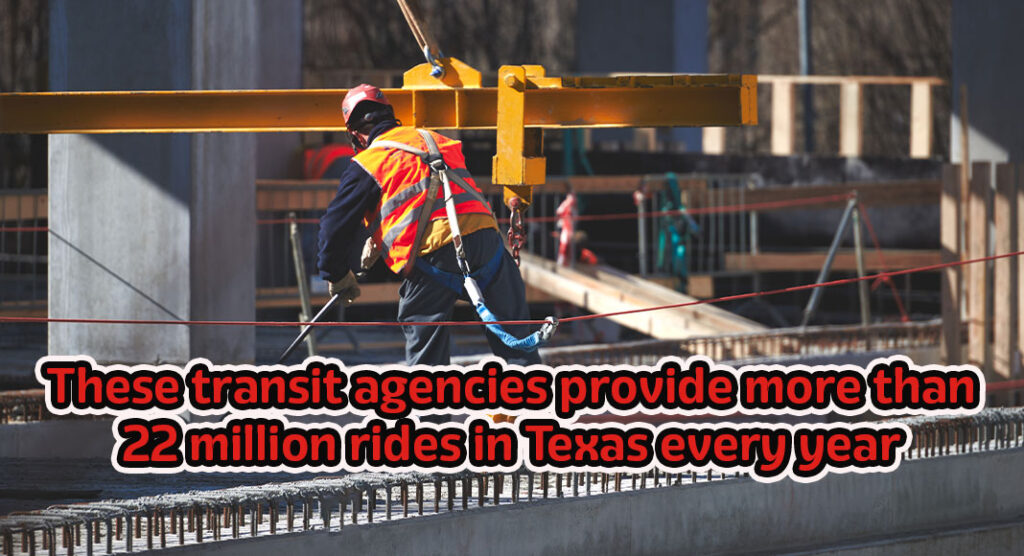
Texas Border Business
AUSTIN – Texans across the state rely on public transit, and new funding from the Texas Department of Transportation (TxDOT) will help provide access and expand service for people to get to jobs, school, medical appointments, and other important destinations.
More than $123 million in funding was approved by the Texas Transportation Commission this summer to support transit programs across the state. TxDOT also won a federal grant of $26.8 million from the Federal Transit Administration (FTA). Combined with state funds, $156 million will go towards public transit agencies over the next year.
“These funds will help Texans in rural and urban communities access safe and reliable mobility options that improve quality of life and enhance economic opportunity,” Texas Transportation Commissioner Alvin New said. “These programs connect people with their community and give them a way to get around when they may have no other option.”
The funding will be used to help transit agencies across the state, providing:
- New Facilities and Fleet: Construction of new transit facilities in Amarillo, Sherman, San Angelo, and Alice. The Capital Area Rural Transportation System (CARTS) Eastside Bus Plaza in east Austin will be upgraded to accommodate additional intercity passengers. The money will also go towards more than 150 new buses, allowing older fleet to be retired.
- Intercity Connections: Long distance connections between rural and urban metropolitan areas, supporting 15 routes across the state. This will help sustain longer-distance travel options within Texas and connections to the national intercity bus network.
- New Services: Increased quality of service for people who use transit in their day-to-day lives. Hunt County will see expanded services for seniors and persons with disabilities – adding Saturday service for the first time. Planning for micro-transit services, offering shorter distance trips, will start in Uvalde, Eagle Pass and Crystal City/Carrizo Springs.
“I have been a Southwest Area Regional Transit District (SWART) rider for almost two years, and the thought of an on-demand service will be extremely helpful and so much more flexible,” SWART rider Tony Luna said. “It will impact my mobility to go where and when I want, at a moment’s notice.”











